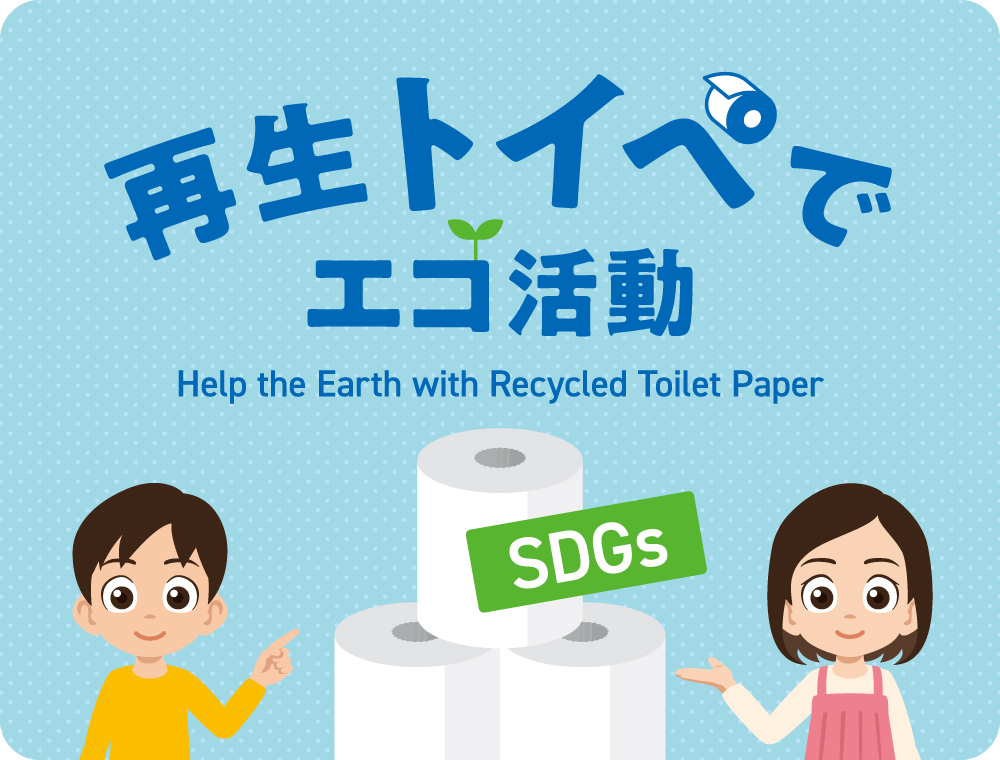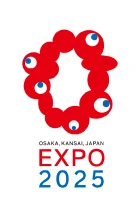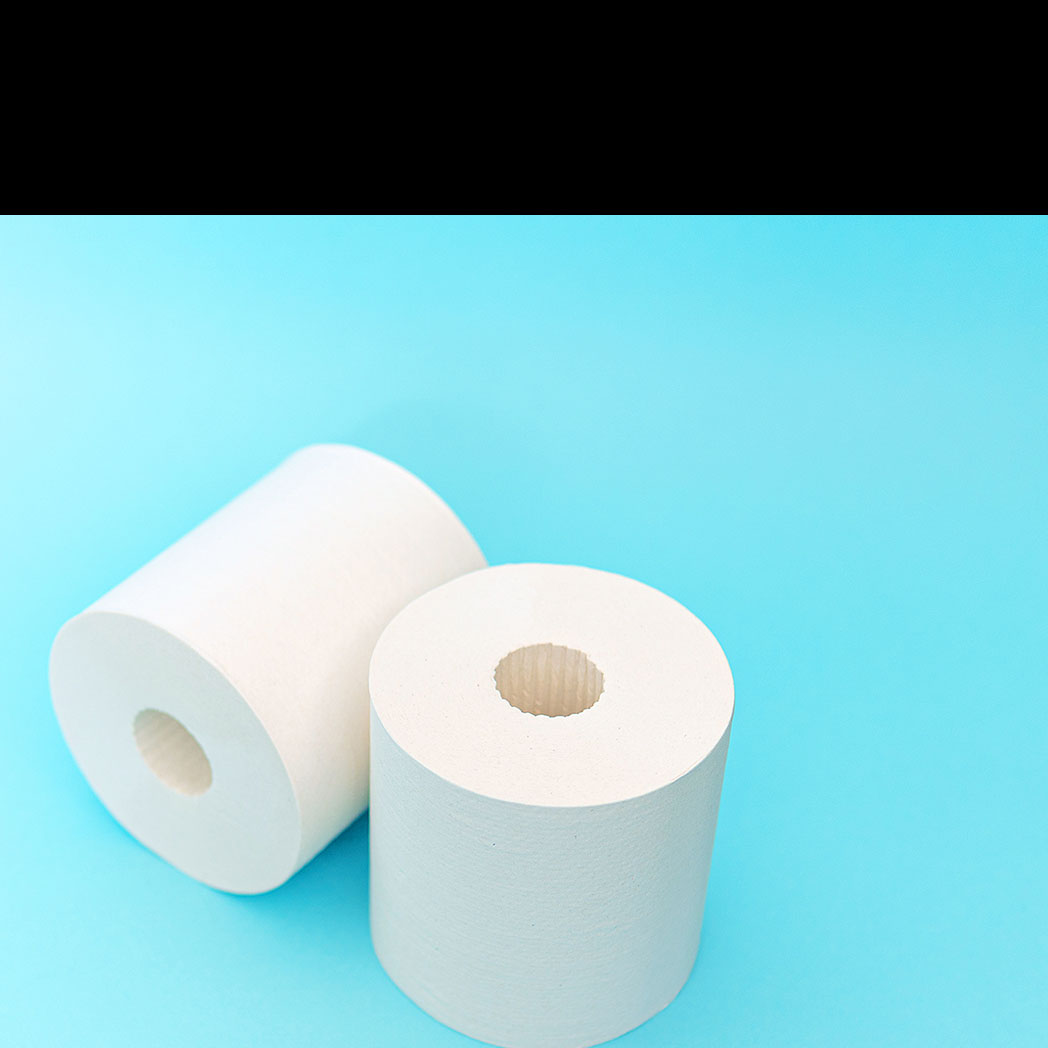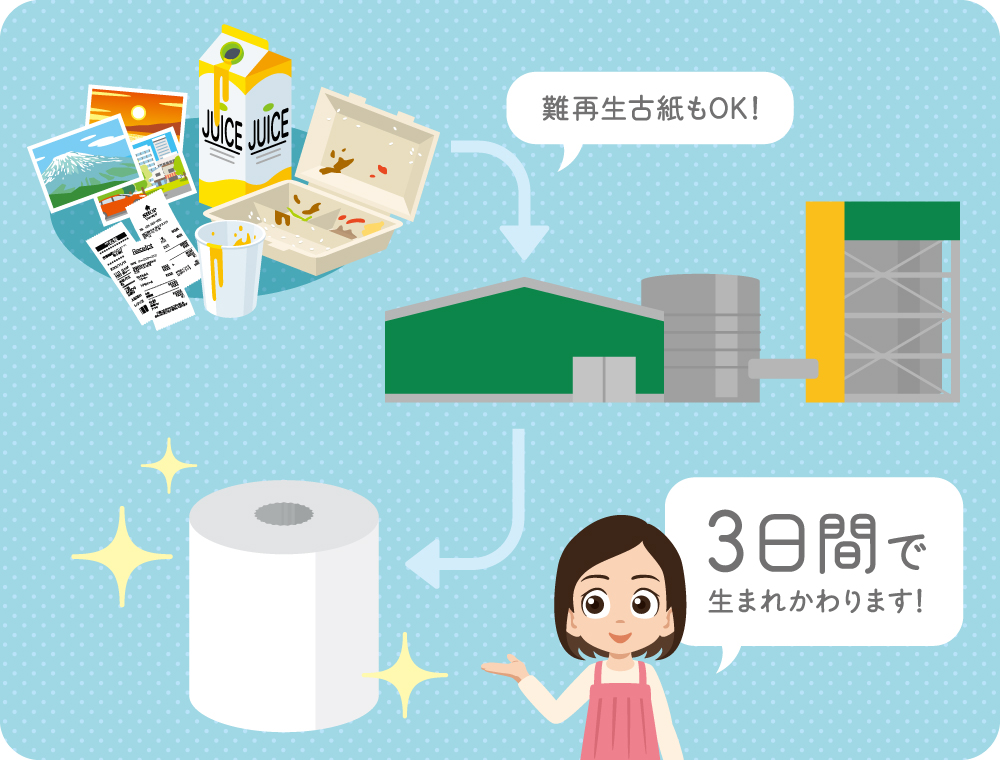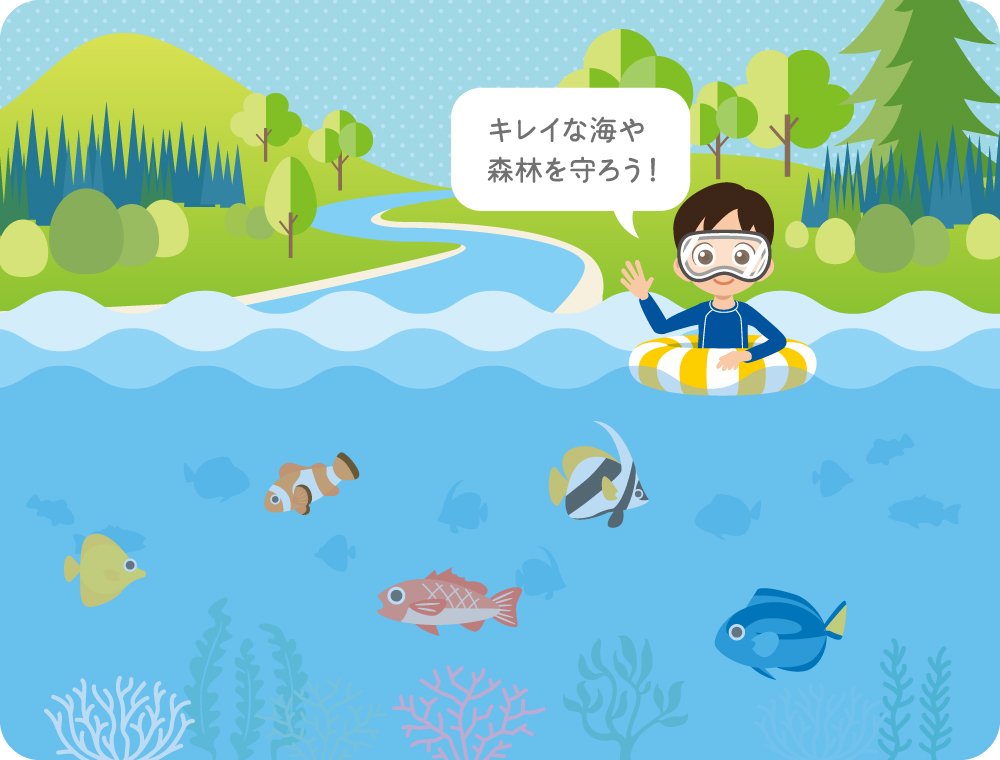Paper that is difficult to recycle and would otherwise be burnt is being recycled into toilet paper.
No virgin pulp* is used, contributing to resource circulation.
* Plant fibre manufactured from new wood or other raw materials that does not contain recycled fibres.
The toilet paper in the toilets in the Future Life Zone is made using a unique recycling technology that uses hard-to-recycle waste paper that previously had to be burnt. As no virgin pulp is used, it helps to protect forests. Join us in considering what paper can be recycled at the Expo site.
